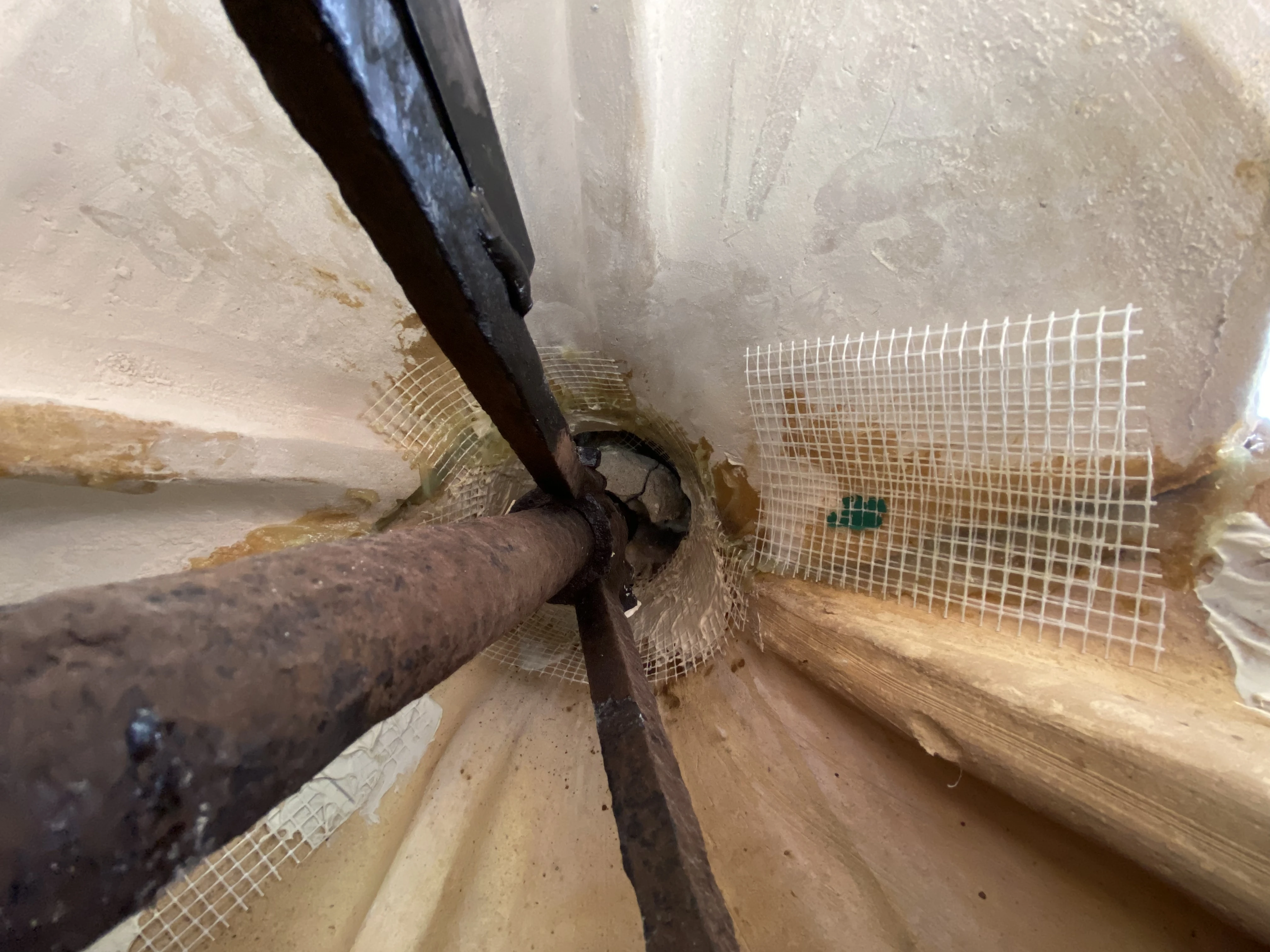
Architectural Renovation
Expert in the recovery and restoration of historic architecture and buildings, Dima is able to design in harmony with the urban and environmental contexts, to restore the unique beauty of historic centers and the multiple identities of the Italian heritage.
Dima, before each intervention, proceeds with a structural diagnosis, on the types of consolidation, of the materials and finally, with the choice of restoration techniques for the surfaces and decorative elements. The ultimate goal of the intervention is the best conservation of the "factory" as a whole and, at the same time, the restoration of full use of the work.

THE STAGES OF THE RESTORATION: 1. DIAGNOSTICS
We make use of a team of experts, diagnosticians and restorers, who, through the knowledge of the material aspect of the work, develop the best operational techniques for the conservation of the asset;
We develop an operating model that allows interventions to be carried out using the most suitable materials and techniques, monitoring their effectiveness.
There are many analytical techniques and they allow restorers to obtain all the information to plan a precise and correct restoration intervention.

2. CLEANING
Cleaning is the most delicate operation. Dirt, patinas and incrustations can cause irreversible alterations to the original material. They can be cleaned using mechanical/physical methods or using chemical products.
Dima controls the process, in each of its phases, so as not to produce harmful materials for the conservation of the stone and without producing physical modifications that could accelerate deterioration due to increased porosity.
It is essential to choose the best cleaning method in full respect of the asset and any underlying original layers.

3. CONSOLIDATION
Consolidare responds to the fundamental need to re-stabilize the physical-mechanical conditions of a building, altered by degradation processes.
Dima works with materials, procedures and tools to improve the characteristics of cohesion and adhesion between the constituents of a stone material using a varied range of technological solutions, making use of different and specific procedures and materials.

4. INTEGRATION AND PROTECTION
Objective to restore structural continuity and make the surface more stable and readable. This operation is also carried out by choosing materials that are compatible with the original constituent materials. The criterion we use for aesthetic solutions, such as the level of grouting, surface processing and texture and chromatic tone, are evaluated on a case-by-case basis, maintaining reversibility as a fundamental criterion.
In some cases, after the pictorial reintegration, a final protection is also carried out which is carried out with preliminarily tested and compatible products, with the aim of "protecting" the pictorial film from new and future degradation.